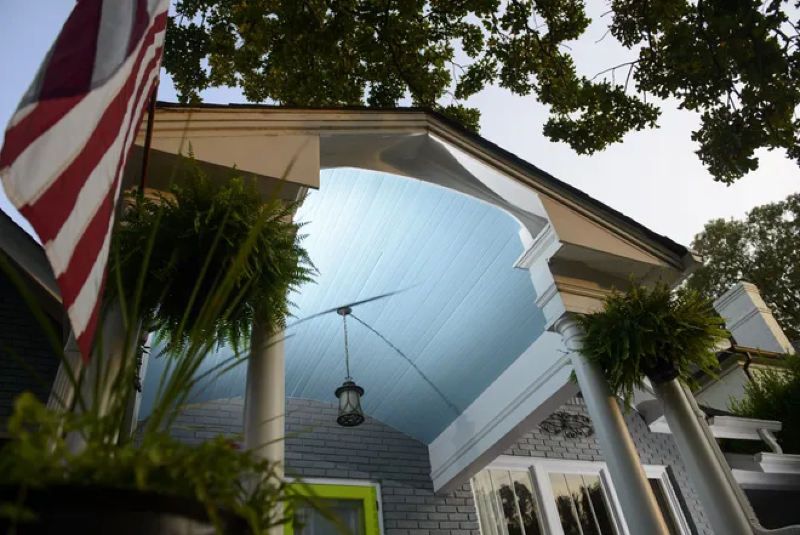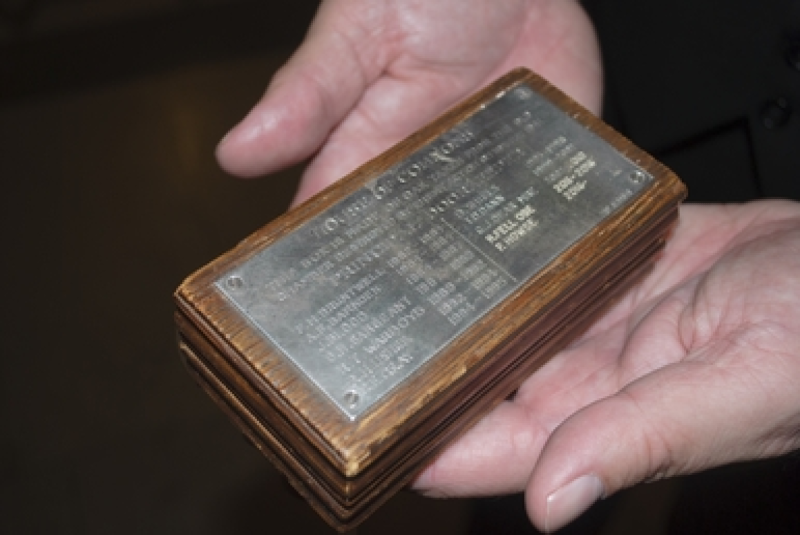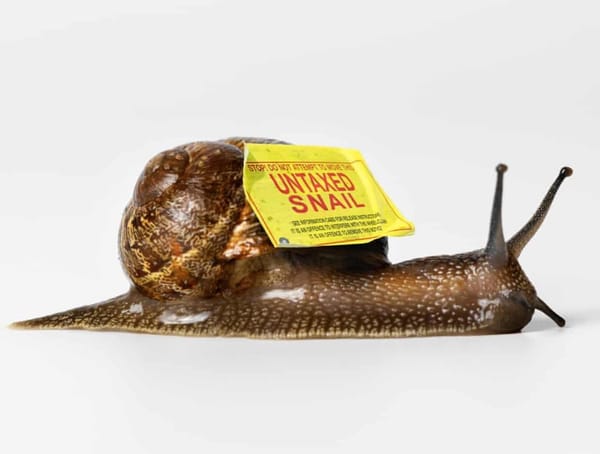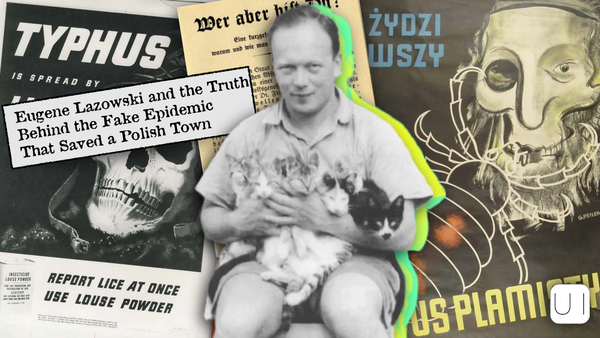He was held captive in his room for decades so he set it on fire

From the New York Times: "The firefighter scooped up the figure slumped on the kitchen floor and dashed for the ambulance waiting on Blake Street. As he moved through the smoky haze, he was struck by a thought that is still with him: It was like nothing was in his arms. As the ambulance sped toward the hospital, emergency medical technicians administered oxygen; one reflexively commented on the overpowering smell. Right away, as if to apologize, the patient spoke up. It had been more than a year since he had been permitted to shower, he said. He gave his name, said that he was 32 years old and had spent most of his life held captive by his father and stepmother, who locked him in his room for 23 hours a day. He had been trapped for two decades, forced to defecate into newspapers and to funnel his urine out a window. He hadn’t seen a doctor or a dentist in 20 years. He was 5-foot-9, but he weighed only 68 pounds."
Long thought to be loners, male elephants turn out to have surprisingly rich social lives

From Scientific American: "African elephants have matriarchal societies, in which elder females lead families made up of their female relatives and young to water, food and safety. Most of what we know about elephant social behavior has come from studies of these female-led family groups. Males, in contrast, leave their family group as they reach adolescence and go off to live as bachelors. Historically, little research was conducted on the social dynamics of adult male elephants because they were thought to be largely solitary. It seemed safe to assume their social lives were simple, with none of the complex rules and rituals seen in the family groups. But research that I and other scientists have been carrying out is finally starting to fill this gap in our understanding of elephant behavior. Our long-term observations of Abe and the other males who have visited Mushara over the past two decades reveal that male elephant societies have incredibly intricate rules, rituals and hierarchies of their own."
Long-lost ‘Merci Train’ given to New Jersey after World War II has been found

From the Smithsonian: "In 1949, France assembled an elaborate gift to thank the United States for its support during World War II. It was known as the “Merci Train,” a locomotive with 49 small boxcars—one for each state at the time, plus one for Washington, D.C. and the territory of Hawaii to share—filled to the brim with presents. But about a decade later, the boxcar presented to New Jersey disappeared. Historians previously thought it may have been destroyed, though they couldn’t find any records to piece together its fate. Now, however, the state’s long-lost gift from France has been found. It’s slated to return home to New Jersey this spring. The Merci Train’s story begins in 1947, when the United States sent a “Friendship Train” to France in the aftermath of World War II. The Friendship Train was full of donated food, and it was primarily meant to be a symbol of goodwill between the two nations."
Hi everyone! Mathew Ingram here. I am able to continue writing this newsletter in part because of your financial help and support, which you can do either through my Patreon or by upgrading your subscription to a monthly contribution. I enjoy gathering all of these links and sharing them with you, but it does take time, and your support makes it possible for me to do that. I also write a weekly newsletter of technology analysis called The Torment Nexus.
Why so many porches on Southern US houses have light blue ceilings

From Real Simple: "If you've ever taken a stroll through Savannah or Charleston, you've no doubt admired the beautiful homes with welcoming porches perfect for sipping mint juleps. If you stepped onto one of those porches and looked up, chances are you saw a pretty light blue porch ceiling. At first glance, it may seem like an unexpected (albeit attractive) choice, and we share several explanations—some myth, some legend—for the long-standing Southern tradition. The color known as "haint blue" was first used in Charleston during the early 1800s. It's associated with the Gullah Geechee people, descendants of enslaved Africans in parts of Georgia and South Carolina, who have maintained a rich cultural heritage. Among their traditions was the belief that haint blue repels haints, or ghosts, who would be tricked into thinking the ceiling is water or the sky."
There is an officer of the UK parliament whose job is to keep a communal snuff box full

From Wikipedia: "The parliamentary snuff box is a wooden snuff box at the door of the House of Commons of the United Kingdom where snuff is stored for use by Members of Parliament. In 1694, the Parliament of England passed a resolution banning smoking in the House of Commons chamber and in committee rooms. Following this, members still wished to take tobacco so snuff was used as a tolerated alternative to smoking. In 1941, the House of Commons chamber was destroyed by a German bomb on the Palace of Westminster. The current parliamentary snuff box was created using timber from the destroyed chamber's door frame with a silver plate listing all the names of the Principal Doorkeepers since 1943 screwed onto the lid. The responsibility for maintaining the parliamentary snuff box lies with the Principal Doorkeeper who stocks the box with snuff paid for with his own money."
What forestry workers do on their break
Forest workers during the break…
— Tansu Yegen (@TansuYegen) April 18, 2025
pic.twitter.com/tEmjGkzCva
Acknowledgements: I find a lot of these links myself, but I also get some from other newsletters that I rely on as "serendipity engines," such as The Morning News from Rosecrans Baldwin and Andrew Womack, Jodi Ettenberg's Curious About Everything, Dan Lewis's Now I Know, Robert Cottrell and Caroline Crampton's The Browser, Clive Thompson's Linkfest, Noah Brier and Colin Nagy's Why Is This Interesting, Maria Popova's The Marginalian, Sheehan Quirke AKA The Cultural Tutor, the Smithsonian magazine, and JSTOR Daily. If you come across something interesting that you think should be included here, please feel free to email me at mathew @ mathewingram dot com



